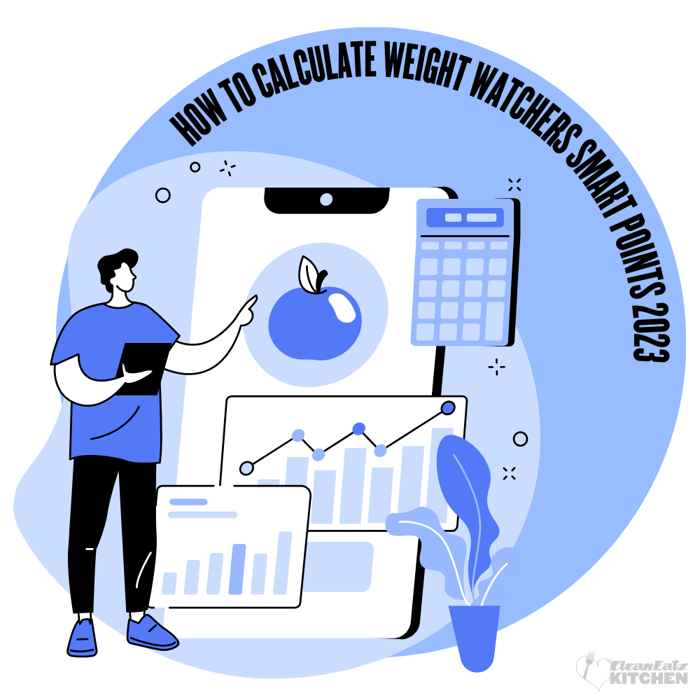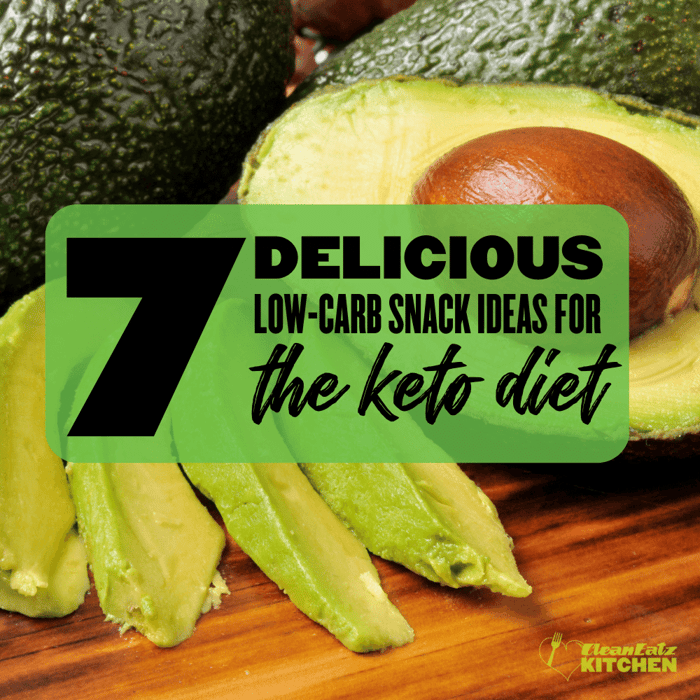Last updated: September 3, 2025
Quick answer: In 2026, Weight Watchers uses its Points system (not the old SmartPoints name). Points are determined by a food’s nutrition—higher calories, saturated fat, and added sugar raise Points; protein, fiber, and unsaturated fats lower them. Use the official WW app or calculator to enter your label and get the exact Points value.
SmartPoints vs. Points (what changed)
WeightWatchers’ current program is simply called Points. It’s the evolution of older plans like PersonalPoints, SmartPoints, and ProPoints. If your 2023 article referenced “SmartPoints,” update your language to “Points (2026).” WW states the program continues to use the same underlying approach that translates nutrition data into a single Points number.
How Points are calculated (what the algorithm considers)
While WW doesn’t publish the exact math, they do specify the factors their algorithm weighs for each food: calories, protein, fiber, unsaturated fat, saturated fat, and added sugar. Calories/added sugar/saturated fat generally increase Points; protein/fiber/unsaturated fat lower Points. Your daily Points Budget is personalized to you.
How to calculate Points from a Nutrition Facts label
You’ll get the most accurate result by using the official WW app’s calculator or barcode/photo tools. Here’s the exact workflow:
- Open the WW app and choose the food calculator (or use the barcode/photo tools).
- Enter the label values the calculator requests for the serving size you eat. Depending on your region/app version, it may ask for energy (kJ or kcal), protein, total fat, saturated fat, carbohydrate, total/added sugar, fiber, and sometimes sodium.
- Tap Calculate to see the Points for that exact serving.
- Save the food or scan the barcode next time for one-tap tracking.
Note: WW keeps its algorithm proprietary. Third-party “formulas” may be outdated or inaccurate—always rely on the official calculator for your final Points value.
ZeroPoint foods in 2026
WW provides a list of 200+ ZeroPoint foods to help you build meals without tracking those items—think fruits, non-starchy veggies, lean poultry, fish/shellfish, eggs, beans/peas/lentils, yogurt/cottage cheese, tofu/tempeh, corn & popcorn. Members with diabetes may see a slightly different list.
FAQs
Did the Points algorithm change for 2026?
WW indicates the Points system and algorithm remain the same and continue to weigh calories, protein, fiber, added sugar, and types of fat.
What determines my daily Points Budget?
Your budget is personalized (e.g., based on factors like goals and metabolism) and is set in the app when you join or update your plan.
Can I calculate Points without the app?
You can approximate, but WW keeps the exact math private. For accuracy—and to handle added sugar and fats correctly—use the official calculator or barcode/photo tools in the app.
Are “SmartPoints” still used?
No—the program branding is “Points.” It replaces earlier names like SmartPoints/PersonalPoints, but the concept—turning nutrition into one number—remains.
Next steps
Building lower-Points meals is easier when protein and fiber are handled for you. Explore our Weight-Loss Meal Plan, customize with Build-a-Meal Plan, or grab high-protein breakfasts like Overnight Oats.
References
- How WeightWatchers Points work (algorithm factors) :contentReference[oaicite:12]{index=12}
- Points program overview (evolution from SmartPoints) :contentReference[oaicite:13]{index=13}
- Points Program page (what affects Points) :contentReference[oaicite:14]{index=14}
- WW app (tracking, scanner, photo estimator) :contentReference[oaicite:15]{index=15}
- Food Scanner / Photo Tracker help :contentReference[oaicite:16]{index=16}
- Help Centre: entering label values :contentReference[oaicite:17]{index=17}
- ZeroPoint foods categories (updated) :contentReference[oaicite:18]{index=18}




